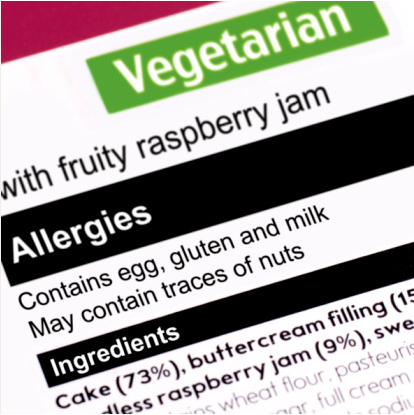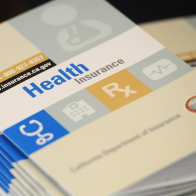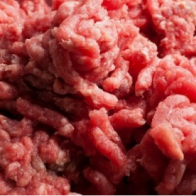 Shopping smart is imperative to your health and feeding your family good quality food. Part of this process includes reading food labels and knowing what the information means in terms of nutrition. This information can be quite confusing and misleading so it is imperative to understand some of the common words in order to make an informed decision.
Shopping smart is imperative to your health and feeding your family good quality food. Part of this process includes reading food labels and knowing what the information means in terms of nutrition. This information can be quite confusing and misleading so it is imperative to understand some of the common words in order to make an informed decision.
Labels usually list the percentage of daily values for vitamins, minerals, fats and other components. This percentage is determined using the principle that an average diet is approximately 2000 calories a day. So people on calorie restricted diets have to be aware that they might be getting a higher percentage of sugar or fat than is recommended when consuming a “portion”. A product low in a nutrient would show a value of 5% or less, a high would be anything over 20% of the daily requirement.
Enriched is a word that is associated with many types of bread, flour or pasta products. Some food additives are designed to increase the nutrition levels in the end products. This is called enrichment when the process adds back nutrients lost in production (such as milling grains). So “enriched” on a label means these vitamins, minerals and fiber are put back to increase the nutritional value of the food. This process does not replace all the lost nutrients so enriched foods do not have the same nutritional impact as the original food.
Fortified is another descriptive word used on food labels. This process puts nutrients such as calcium into foods where the nutrient wouldn’t normally be found naturally. This practice is commonly done to table salt (iodine), breads (vitamin B and iron) and orange juices, milk or eggs (calcium, omega-3, omega-6 and vitamin D). Sometimes more of a naturally occurring nutrient is added to create a “super” cereal or drink. The problem with fortified foods is the added vitamins and minerals are often synthetically created and are not natural.
It is important to look at the serving size when reading labels because often the values seem great but with closer inspection it becomes apparent that you would really eat 3 times the amount in a normal serving. Cereals can be particularly deceptive because a “normal” bowlful is sometimes actually four times the recommended serving size.
Read the ingredients carefully and be aware that certain substances like sugars can have several different names. Ingredients are listed with the largest quantity first all the way down to the least, usually by weight. This can make it easy to decide if the food product is healthy or not. For example a good pasta sauce would have vegetables or herbs as its first 5 ingredients with the added sugar or salt at the very bottom of the label. You should probably put a food item back on the shelf if you see something on the label you don’t recognize or the ingredient list is very long.
Always examine the label of your food purchases even if the front advertising states the product is healthy, light, fat free or some other claim. Advertising can be very misleading but the label must be correctly documented. Take note of the expiry date or manufacture date on the product to check the freshness as well. Food is meant to nourish the body and an educated shopper knows what is in their cart at the grocery cart.






